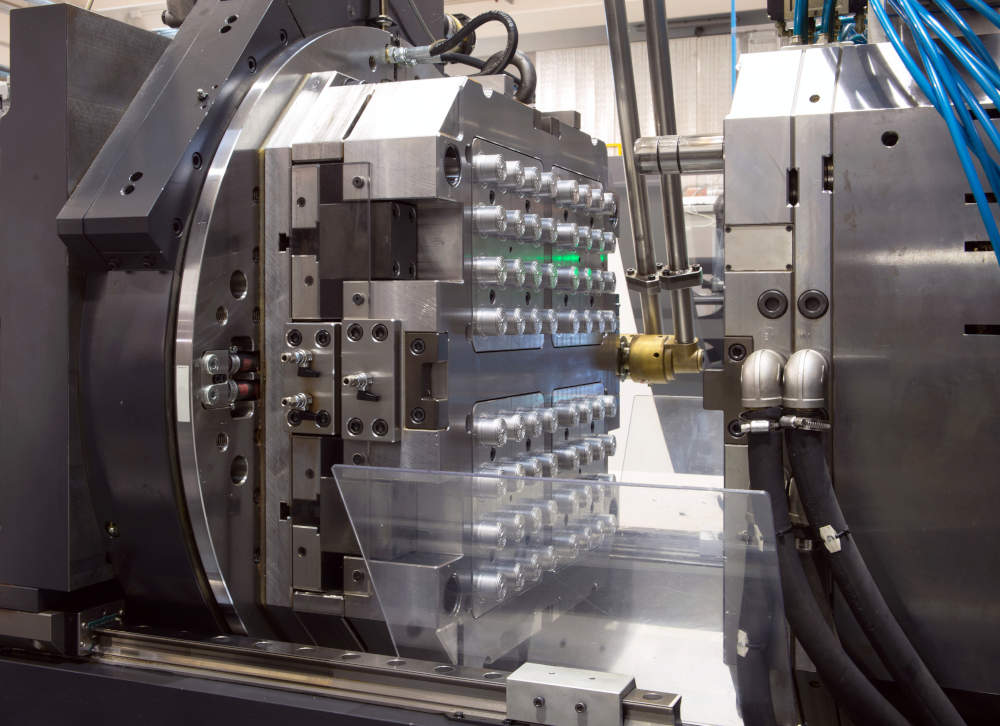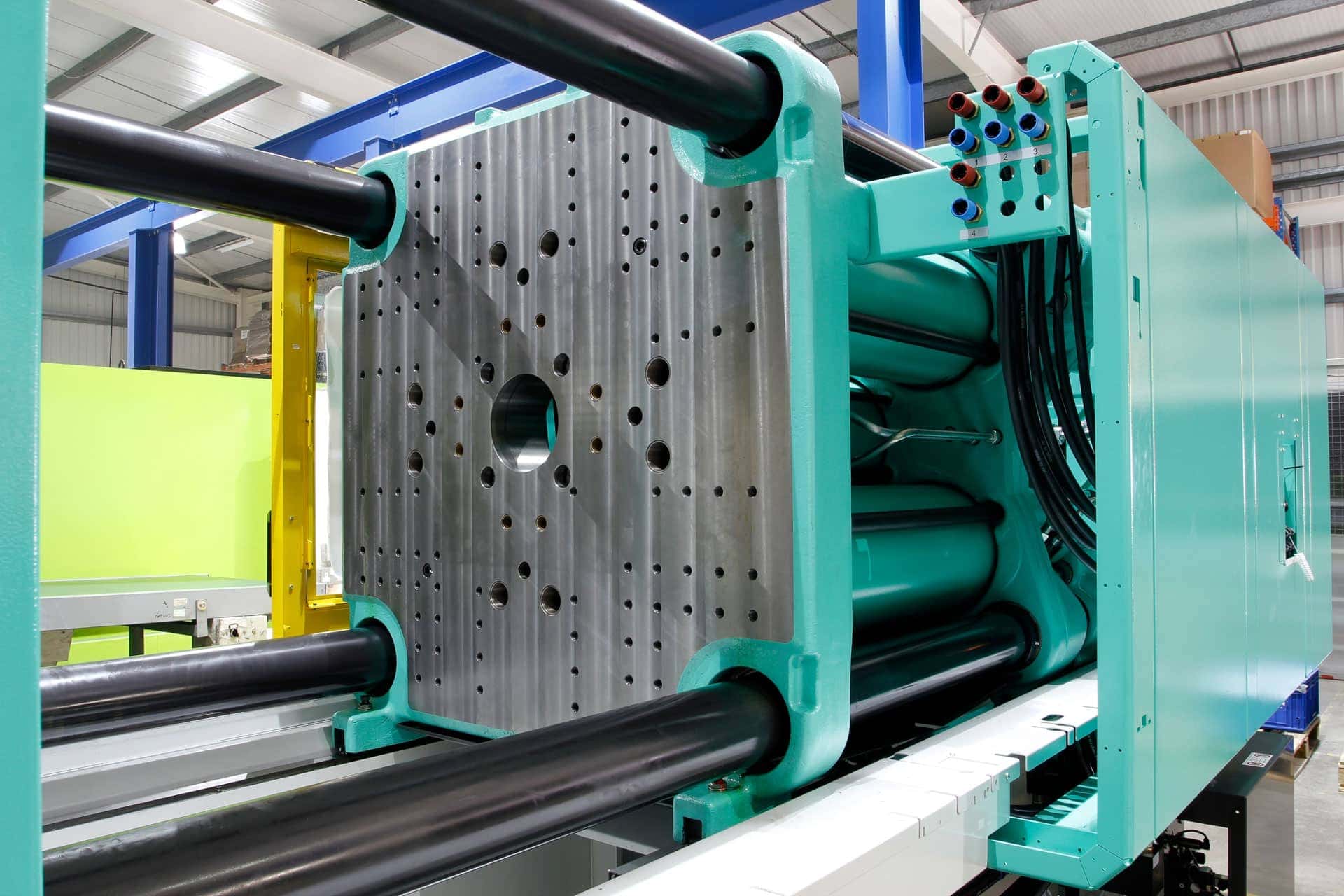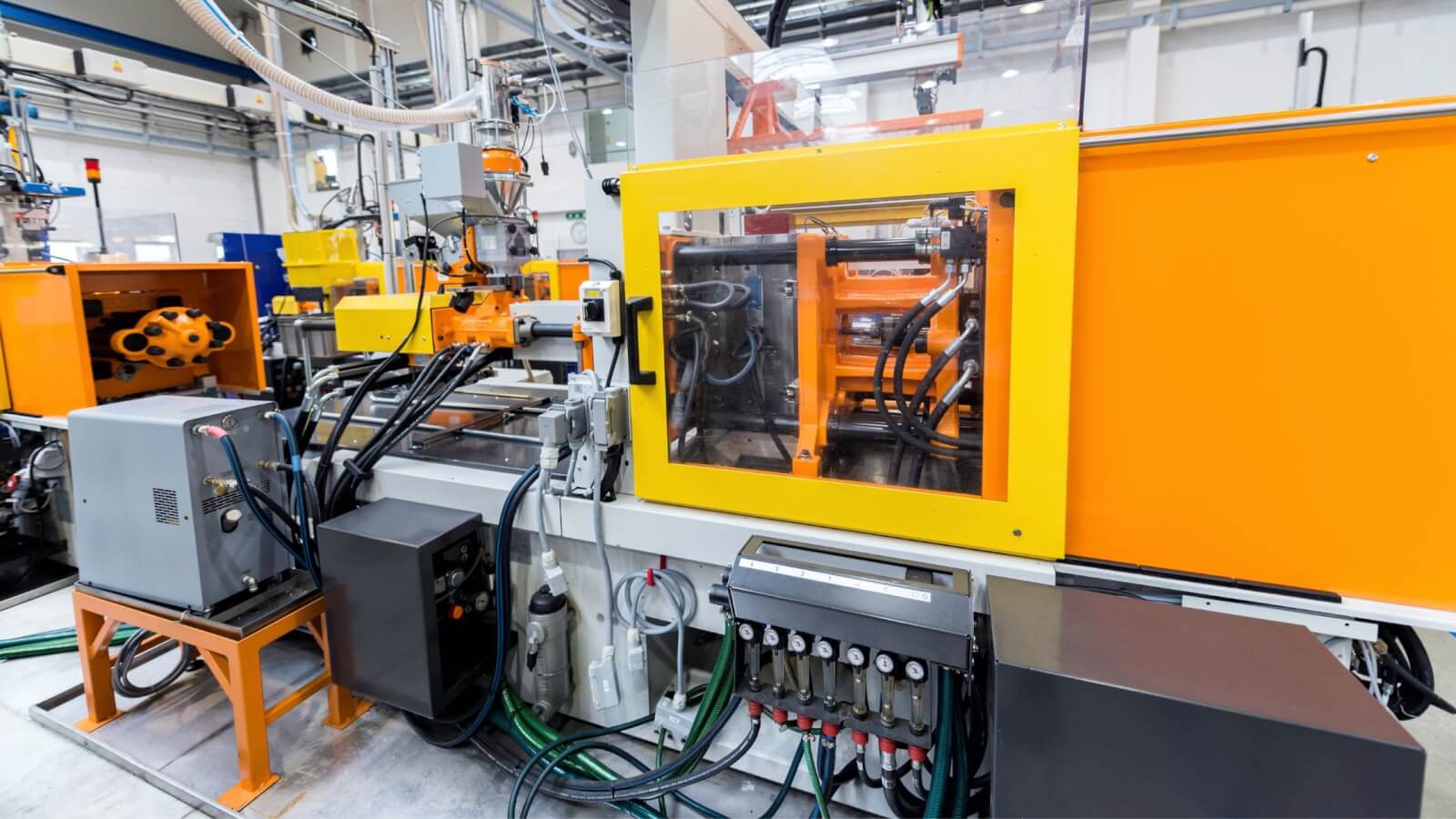Understanding the Basics of Plastic Shot Molding Procedures
Plastic injection molding acts as a foundation of modern-day manufacturing, offering a systematic method to generating intricate parts with accuracy. This procedure not just includes the fundamental actions of melting and infusing products into molds yet also includes a nuanced understanding of different influencing variables, such as temperature and stress. As industries progressively demand effectiveness and high quality, the details of this methodology become more vital. Checking out these necessary components can disclose just how even small modifications can cause considerable enhancements in production results, increasing questions about the potential for development in this recognized process.
What Is Plastic Shot Molding?
Plastic injection molding is a widely used production process that changes thermoplastic and thermosetting products into specific and complex forms. This strategy is favored for its capability to generate high quantities of similar get rid of outstanding accuracy, making it an important approach in various markets, consisting of automotive, durable goods, and clinical devices.
The procedure entails melting the chosen plastic material and infusing it right into a mold and mildew under high pressure. The mold, created to the requirements of the desired part, allows the molten plastic to take form as it strengthens and cools. Once the product has hardened, the mold is opened, and the ended up part is ejected.
Plastic injection molding uses numerous benefits, consisting of reduced waste, consistency in production, and the capability to incorporate elaborate styles that might be testing with various other producing techniques. Furthermore, it sustains a broad variety of materials, each supplying special homes that can be tailored for particular applications. As markets continue to innovate, plastic injection molding continues to be at the center, making it possible for the growth of sophisticated products that meet developing consumer demands.
The Injection Molding Refine
The shot molding process is a sophisticated technique that involves numerous crucial phases to produce top quality plastic components. Initially, plastic pellets are fed right into a warmed barrel where they are merged a viscous liquid. This molten plastic is after that infused under high pressure right into a precision-engineered mold, which shapes the product into the desired kind.
When the mold is loaded, the plastic is enabled to cool and strengthen, taking the form of the mold and mildew cavity. Air conditioning time is critical, as it impacts the cycle time and the final homes of the molded component. After sufficient air conditioning, the mold opens up, and the finished element is ejected making use of ejector pins.

Products Utilized in Injection Molding
Various materials can be utilized in the shot molding procedure, each offering special properties that provide to details applications. One of the most frequently utilized materials consist of thermoplastics, thermosetting plastics, and elastomers.

Thermosetting plastics, like epoxy and phenolic resins, undertake a chemical change during the treating procedure, causing a rigid, inflexible framework. These products are ideal for applications needing high warm resistance and architectural integrity, typically made use of in vehicle parts and electric insulators.
Elastomers, including silicone and rubber-based products, give versatility and strength. Their distinct buildings make them ideal for applications that require elasticity, such as seals and gaskets.
Additionally, specialized materials like bio-based plastics and compounds are acquiring grip for their environmental benefits and improved performance qualities, expanding the scope of shot molding applications in numerous industries. Understanding the properties of these products is critical for picking the suitable type for specific projects.
Benefits of Shot Molding
Shot molding stands apart as a very efficient production procedure that offers numerous benefits for generating complicated parts with precision. Among one of the site here most considerable benefits is the ability to develop detailed layouts that would be tough or difficult to accomplish with other approaches (Plastic Injection Molding). The procedure enables detailed features and limited tolerances, guaranteeing top quality components
Additionally, shot molding is known for its quick production abilities, making it a perfect selection for high-volume manufacturing. As soon as the mold and mildew is produced, parts can be generated rapidly, reducing preparations and raising general efficiency. This efficiency not only decreases manufacturing costs yet additionally supplies an one-upmanship in the market.
The convenience of materials utilized in injection molding further improves its charm. A vast array of thermoplastics and thermosetting polymers can be used, enabling producers to pick materials that finest meet their specific demands, consisting of stamina, warmth, and versatility resistance.
Moreover, the process lessens waste, as excess product can frequently be reused and reused. This sustainability element adds to a lowered environmental impact, making injection molding a responsible production choice. Generally, the benefits of injection molding make it a recommended approach for many markets.
Aspects Affecting Item Top Quality
While countless aspects can influence product top quality in injection molding, comprehending these aspects is vital for attaining ideal outcomes. Secret facets consist of product selection, refining criteria, and mold layout.
Material selection plays an important role, as different polymers show distinct buildings that influence flowability, stamina, and thermal stability. Inadequate product choice can result in issues such as warping or incomplete dental filling.
Handling specifications, including cycle, pressure, and temperature level time, have to be thoroughly managed. Variations in these setups can lead to disparities partly measurements and surface coating. As an example, excessively heats might trigger degradation of the polymer, while poor pressure can cause short shots.
Mold layout is similarly important, as it figures out the flow of the molten plastic and the cooling procedure. Poorly made molds might lead to irregular cooling prices, resulting in dimensional inaccuracies and recurring stresses.

Verdict
Finally, plastic injection molding acts as a vital manufacturing process that enables the reliable manufacturing of top notch elements. Mastery of the shot molding procedure, including the understanding of materials and the impact of numerous aspects on product quality, is crucial for attaining ideal results. The benefits of this technique, such as cost-effectiveness and design flexibility, more highlight its significance throughout several industries, strengthening its condition as a preferred option for high-volume production.
Plastic injection molding offers as a cornerstone of modern-day manufacturing, providing a systematic method to producing complicated components with accuracy.Plastic injection molding supplies a number of benefits, including lowered waste, uniformity This Site in manufacturing, and the ability to incorporate detailed styles that may be testing with other making methods (Plastic Injection Molding). As sectors continue to introduce, plastic injection molding stays at the forefront, allowing the development of sophisticated items that meet advancing consumer demands
The shot molding process is an advanced strategy that involves a number of vital stages to create top quality plastic parts.In conclusion, plastic injection molding offers as a critical manufacturing procedure that makes it possible for the efficient production of high-grade components.
Comments on “Checking out the Future of Plastic Injection Molding in the Manufacturing Industry”